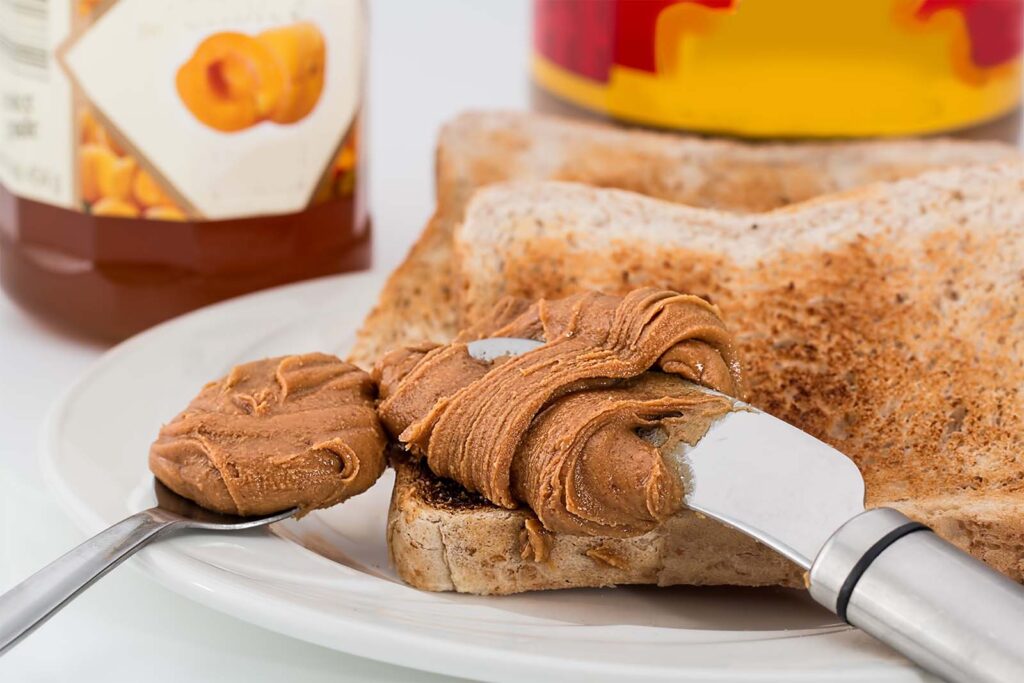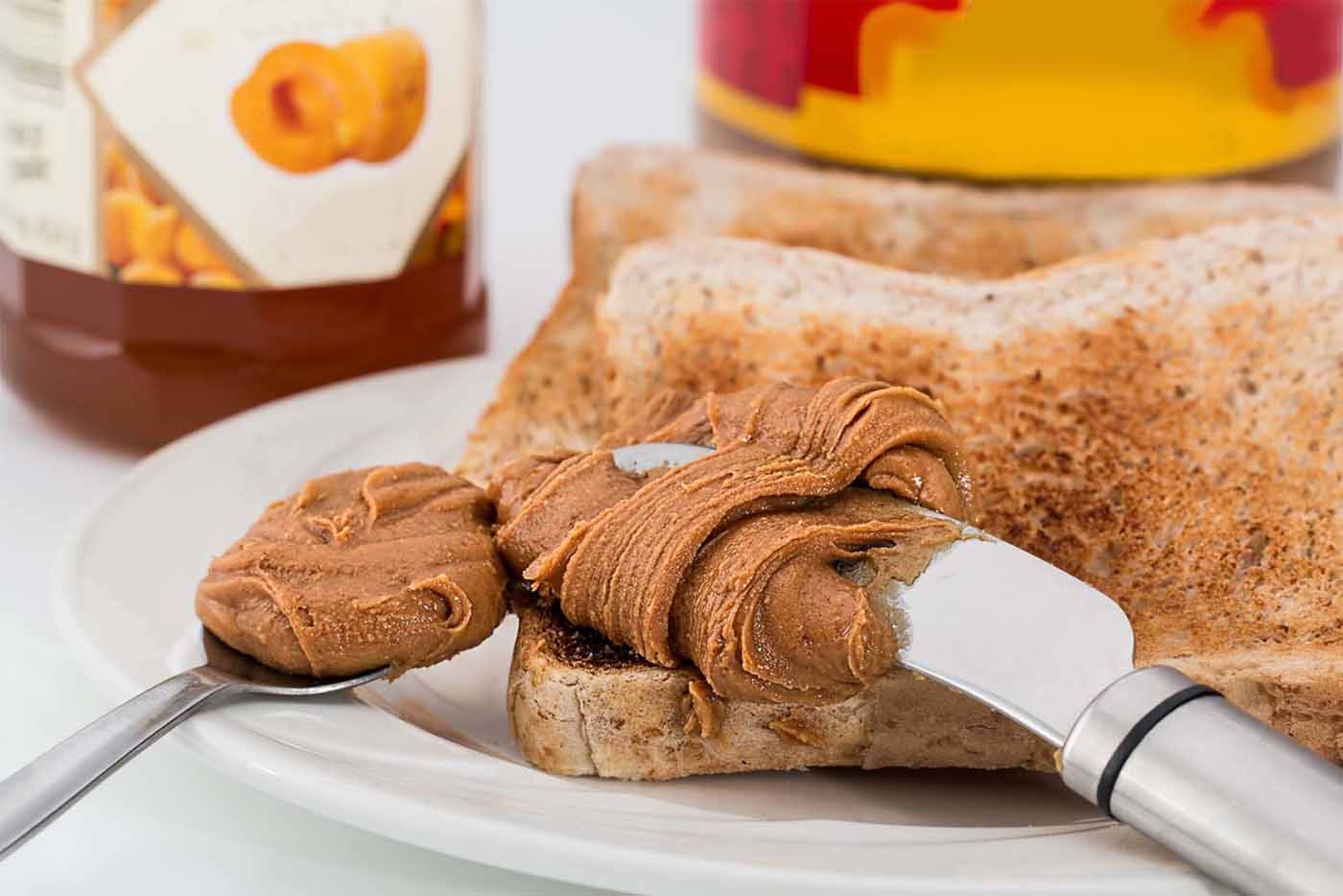Are there any ways to completely treat peanut allergies?
A new study suggests that children with high-threshold peanut allergies can safely build tolerance by gradually increasing their peanut butter intake. Those who followed this method had significantly better and longer-lasting desensitization than those who avoided peanuts.
*Disclaimer*: This article is for informational purposes only and should not be considered medical advice. Individuals with food allergies should consult a qualified healthcare provider before attempting any dietary changes. The researchers and institutions mentioned are not responsible for any adverse effects resulting from self-administered treatments.
Study Highlights
Researchers at the Icahn School of Medicine at Mount Sinai found that children who could tolerate at least half a peanut and gradually increased their peanut butter intake became more resistant to allergic reactions. Published in NEJM Evidence on February 10, 2025, the study was funded by the National Institutes of Health.
For years, the primary approach to food allergies was strict avoidance. However, peanut oral immunotherapy—a method involving medically supervised, gradual daily intake of increasing amounts of peanut protein—has emerged as an alternative. Previous studies focused primarily on those with low-threshold peanut allergies (reacting to half a peanut or less). However, this new study examined children with high-threshold peanut allergies, estimated to be around 800,000 in the United States, who could benefit from this method.
“Our findings suggest a safe, affordable, and effective way for allergists to treat children with peanut allergies,” said Dr. Scott Sicherer, lead author and Director of the Jaffe Food Allergy Institute at Mount Sinai.
Subscribe our Youtube channel @wiladio for more interesting video about Design, Science, Tech, and Game

How the Study Worked
The study involved 73 children aged 4 to 14, randomly assigned to either the peanut-ingestion group or the avoidance group. Children in the peanut-ingestion group started with a minimum of 1/8 teaspoon of peanut butter daily, gradually increasing their dose every eight weeks over an 18-month period, ultimately reaching one tablespoon. All dose increases were conducted under medical supervision.
None of the children in the peanut-ingestion group had severe allergic reactions at home, and only one needed medical intervention during a supervised session. After completing the treatment, all 32 tested children in this group could tolerate three tablespoons of peanut butter, compared to only three children in the avoidance group.

Long-Term Results
To test if tolerance lasted, children from the peanut-ingestion group who successfully consumed nine grams of peanut protein continued eating at least two tablespoons of peanut butter weekly for 16 weeks. They then avoided peanuts entirely for eight weeks before undergoing another feeding test.
Results showed that 26 of the 30 children who completed the final test maintained their ability to tolerate nine grams of peanut protein, demonstrating sustained unresponsiveness. Meanwhile, only 8.6% of the avoidance group developed a natural tolerance.
Future Outlook
“These study results are very exciting and a huge step forward in personalizing food allergy treatment,” Dr. Sicherer stated. “My hope is that this study will eventually change practice to help these children and encourage additional research that includes this approach for more foods.”
Future research will explore applying this approach to other allergens and improving methods to identify children with high-threshold allergies without requiring an initial feeding test that may trigger allergic reactions.
THE END
Reference
The Mount Sinai Hospital / Mount Sinai School of Medicine
More Science articles: https://wiladio.com/category/science/












